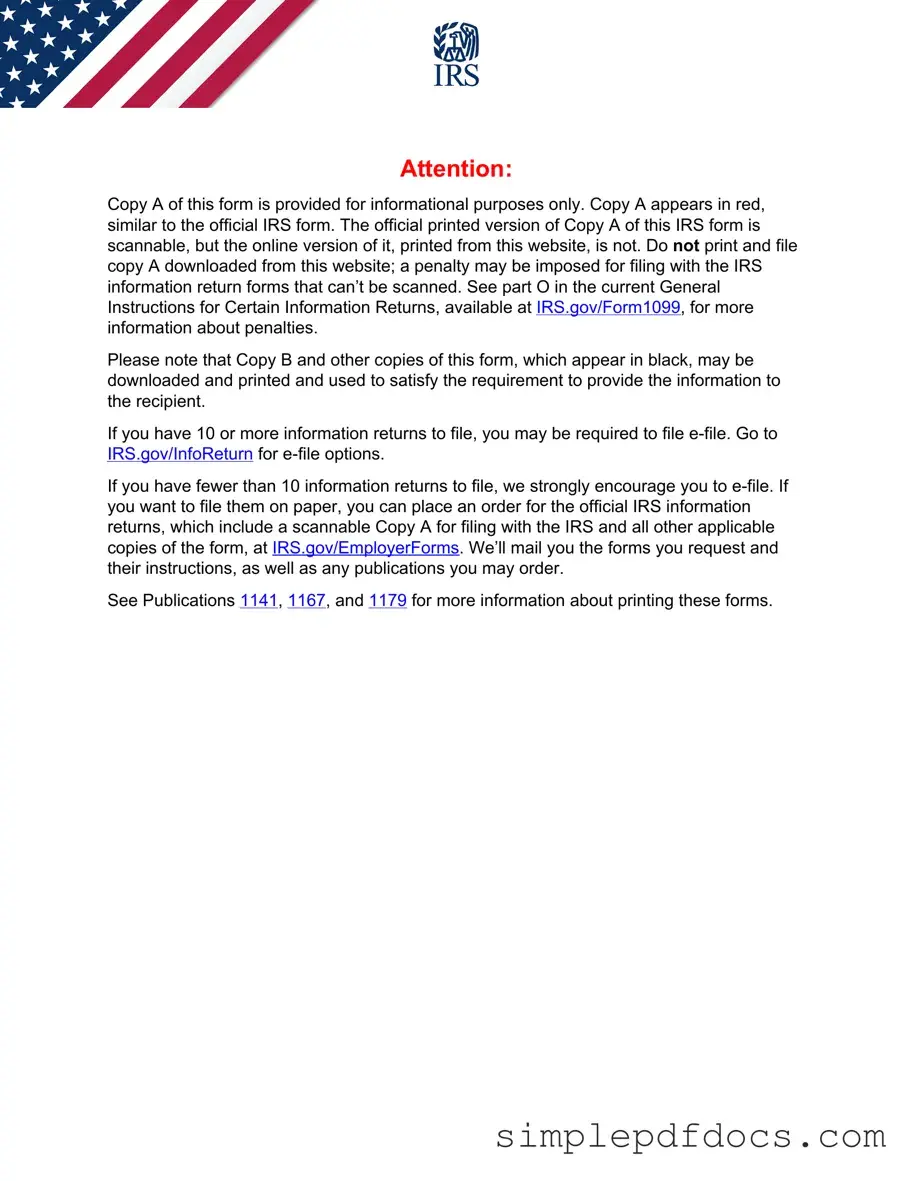The IRS 1099-MISC form plays a crucial role in the reporting of various types of income that are not typically classified as wages or salaries. This form is often utilized by businesses to report payments made to independent contractors, freelancers, and other non-employees who have provided services throughout the year. It is important to note that the 1099-MISC is primarily used for reporting payments exceeding $600, which includes rents, prizes, and awards, among other categories. Recipients of this form must include the reported income on their tax returns, ensuring compliance with federal tax regulations. Additionally, the 1099-MISC has undergone changes in recent years, particularly with the introduction of the 1099-NEC form for non-employee compensation, which has shifted some reporting responsibilities. Understanding the nuances of the 1099-MISC is essential for both payers and recipients to ensure accurate reporting and adherence to tax obligations.
